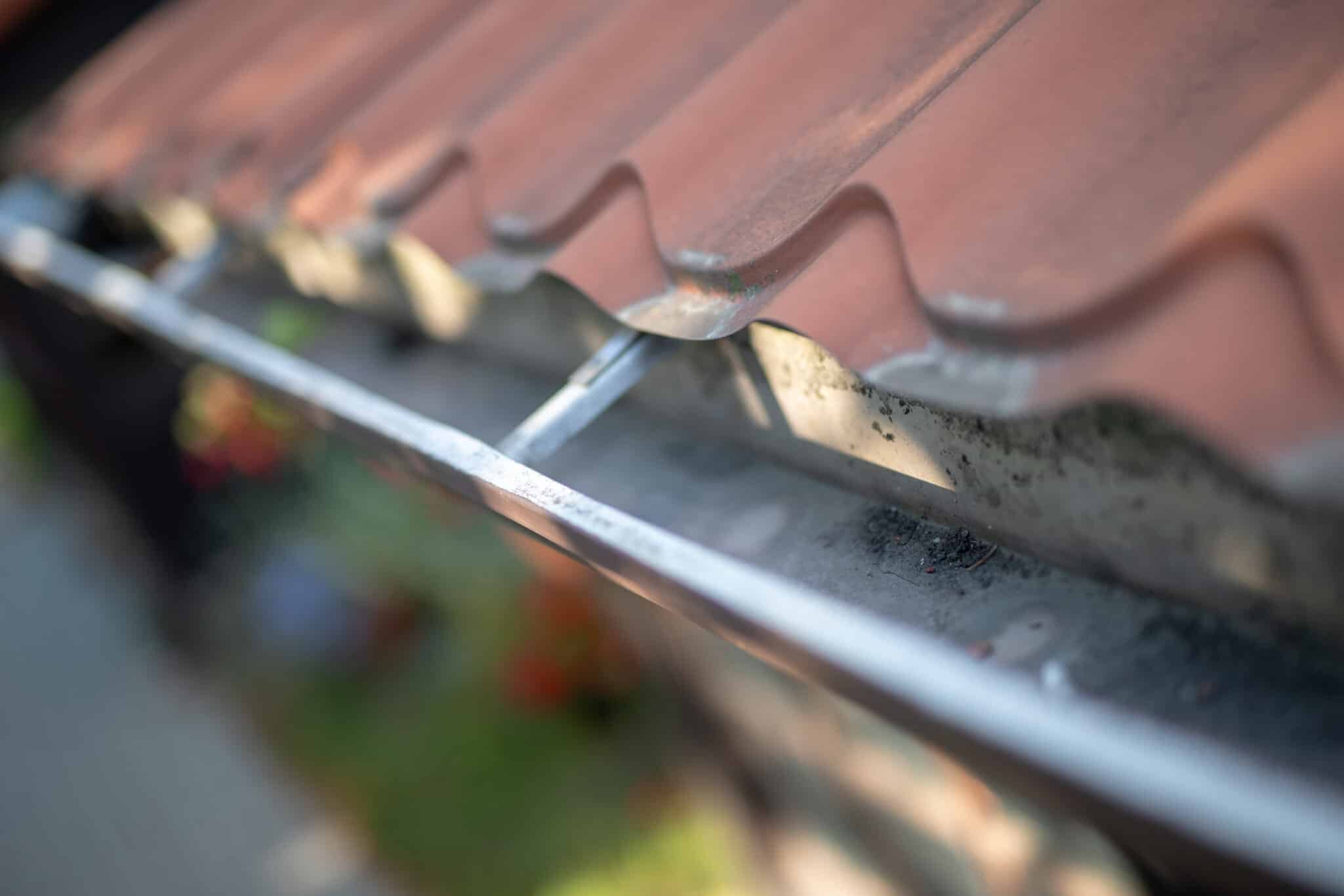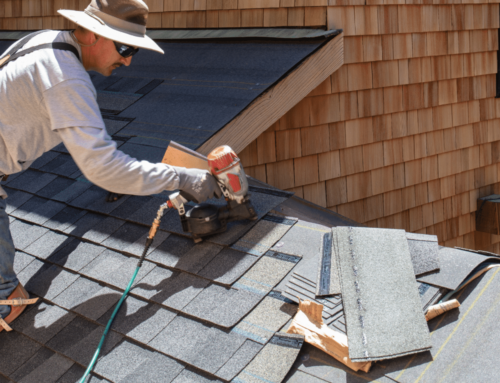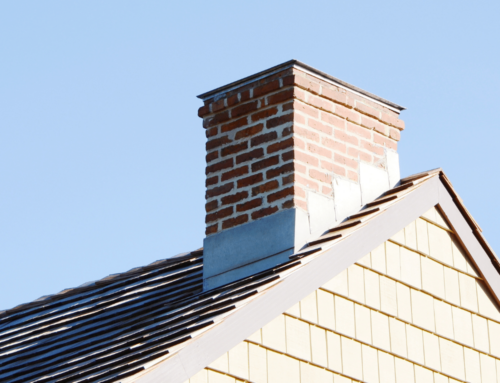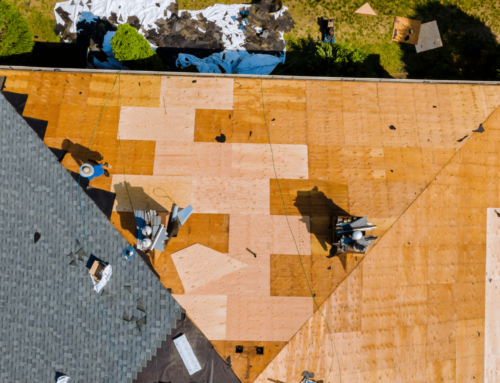The Importance of Roof Ventilation: Ensuring a Breathable Roof
When it comes to the overall health and longevity of your roof, proper ventilation plays a crucial role. Roof ventilation refers to the system of intake and exhaust vents that allow the exchange of air within your attic or roof space. While often overlooked, adequate roof ventilation is essential for maintaining a breathable and balanced environment in your home’s uppermost areas. In this article, we will explore what roof ventilation is, why it is important, and how to ensure you have the proper amount for your roof.
What is Roof Ventilation?
Roof ventilation is a system that allows air to flow freely in and out of your attic or roof space. It typically consists of two types of vents: intake vents and exhaust vents. Intake vents, positioned along the eaves or soffits, allow fresh air to enter the roof space. Exhaust vents, located near the roof’s ridge or gables, facilitate the expulsion of stale, hot air from the attic. This continuous exchange of air helps regulate temperature, prevent moisture buildup, and protect the structural integrity of your roof.
Why is Roof Ventilation Important?
- Temperature Regulation: Proper roof ventilation helps regulate the temperature in your attic, preventing it from becoming excessively hot during warmer months. Without proper ventilation, trapped heat can accumulate, leading to high energy costs, premature aging of roofing materials, and potential damage to the underlying structure. With adequate ventilation, hot air is allowed to escape, keeping your attic cooler and reducing the strain on your cooling systems.
- Moisture Control: One of the primary purposes of roof ventilation is to prevent moisture buildup in your attic. Moisture can enter your roof space through various sources, such as condensation, leaks, or everyday activities like cooking and showering. Without proper ventilation, this moisture can become trapped, leading to mold growth, rotting of wood components, and damage to insulation. Effective ventilation helps expel moist air, reducing the risk of these issues and maintaining a dry and healthy attic environment.
- Preservation of Roofing Materials: Excessive heat and moisture can significantly impact the lifespan of your roofing materials. With inadequate ventilation, shingles can become brittle, curl, or deteriorate prematurely. Proper airflow, on the other hand, helps regulate temperature and moisture levels, ensuring your roofing materials perform optimally and last longer.
How to Ensure Proper Roof Ventilation:
- Assess Your Roof’s Needs: Begin by evaluating your roof’s size, shape, and existing ventilation system. Different roof types may require specific ventilation solutions. For example, a steep-sloped roof may benefit from ridge vents, while a flat roof might require powered exhaust fans. Consider consulting with a roofing professional to determine the most suitable ventilation options for your specific roof design.
- Calculate Ventilation Requirements: To ensure proper ventilation, it’s important to calculate the recommended ventilation requirements for your attic space. A general rule of thumb is to have at least 1 square foot of vent area for every 150 square feet of attic floor space. However, this guideline may vary depending on factors such as climate, roof slope, and insulation levels. Consulting with a roofing expert will help determine the optimal ventilation requirements for your home.
- Balance Intake and Exhaust Vents: Achieving a balanced ventilation system is crucial for optimal performance. It’s essential to have a roughly equal distribution of intake and exhaust vents to facilitate proper airflow. Imbalances can lead to negative pressure, drawing conditioned air from your living spaces or causing inadequate air movement in the attic. Ensure that your intake and exhaust vents work harmoniously to maintain a balanced ventilation system.
- Regularly Inspect and Maintain Vents: Regular inspection and maintenance of your roof vents are essential to ensure they are free from debris, obstructions, or damage. Check for any blockages caused by leaves, bird nests, or other debris that could impede airflow. Additionally, inspect the condition of the vents themselves, ensuring they are properly sealed and functioning as intended. Any damaged or malfunctioning vents should be promptly repaired or replaced.
Proper roof ventilation is crucial for maintaining a healthy and durable roofing system. It helps regulate temperature, control moisture, and preserve the integrity of your roofing materials. By understanding what roof ventilation is, why it is important, and how to ensure the proper amount for your roof, you can create a breathable and well-maintained attic environment. For expert advice on roof ventilation and professional installation services, consult with a trusted roofing contractor to ensure your ventilation system is optimized for maximum performance.





